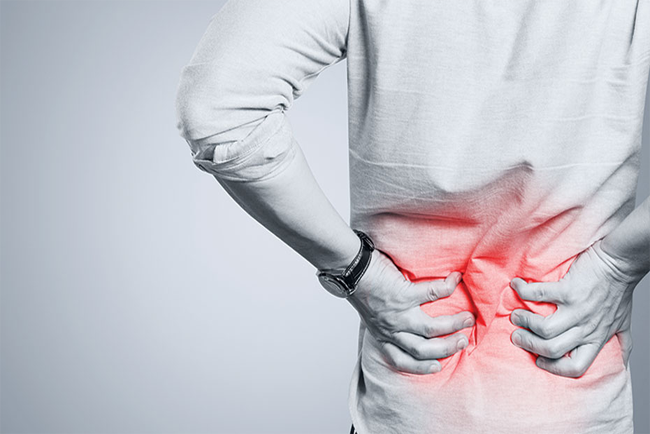Physical Address
304 North Cardinal St.
Dorchester Center, MA 02124
Physical Address
304 North Cardinal St.
Dorchester Center, MA 02124

Chronic back pain affects millions worldwide. Whether an injury, aging, or an underlying medical condition causes it, this pain can significantly impact daily life. Medical professionals rely on the ICD-10 code for chronic back pain to document the condition accurately and ensure proper treatment.
The International Classification of Diseases, 10th Revision (ICD-10) standardizes how healthcare providers classify and code all diagnoses, symptoms, and procedures. Doctors use these codes to plan treatment, manage patient records, and submit insurance claims efficiently.
Chronic back pain appears in different locations, so it has several ICD-10 codes:
Accurate coding benefits both patients and healthcare providers:
Doctors follow a step-by-step approach to diagnose chronic back pain:
After confirming chronic back pain, providers assign the appropriate ICD-10 code to document the condition.
Read More>>The Exorcist: Deceiver
Healthcare providers often use a combination of approaches to manage chronic back pain:
Understanding the ICD-10 code for chronic back painwholeM54.5 for low back pain or M54.2 for cervicalgia allow healthcare providers to plan effective treatment and track outcomes.
By diagnosing, coding, and treating chronic back pain promptly, healthcare providers help patients regain mobility, reduce pain, and improve quality of life. If you suffer from chronic back pain, consult a healthcare professional to ensure proper assessment and ICD-10 coding for effective care.
Read More>>Why Do My Legs Ache?